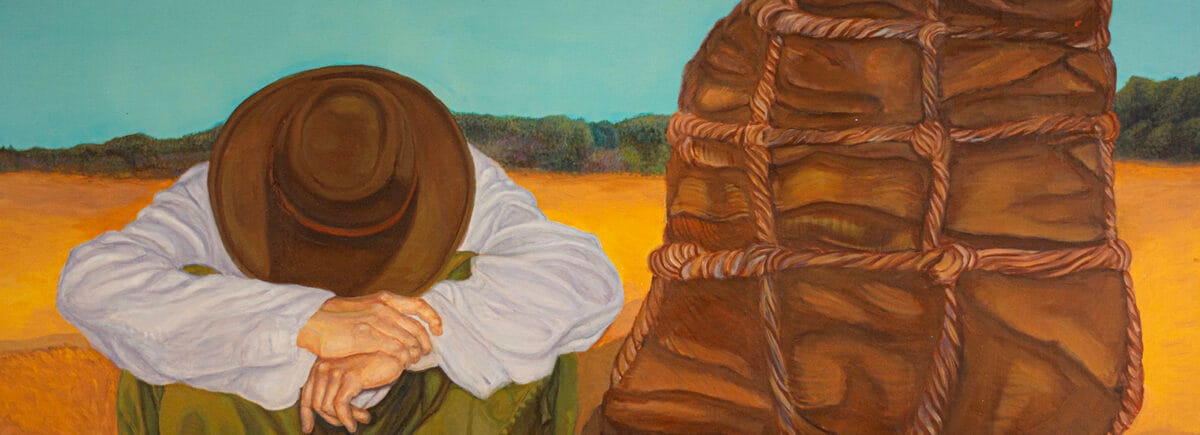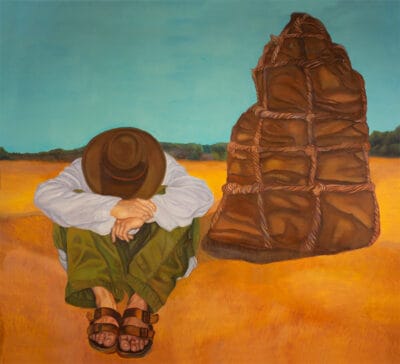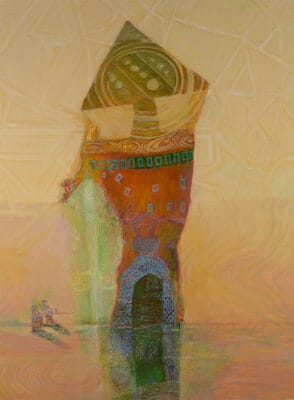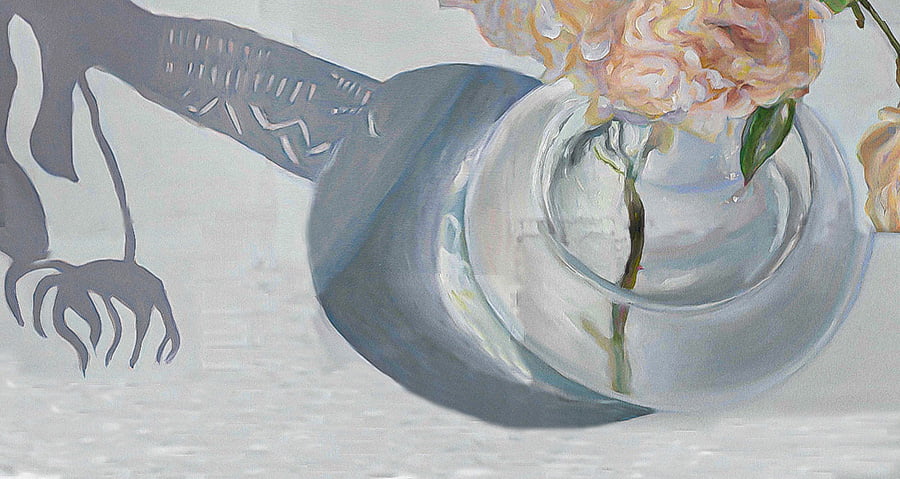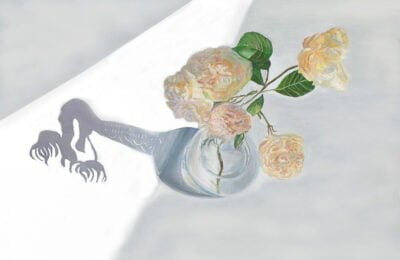Searching for who’s behind the bundle is a Pandora, full of meaningful symbols, and it isn’t so hard to uncover after all. It is a small sculpture the size of your hand. A valuable object rooted in good memories for Amazon groups is a sacred medicine that symbolizes good luck and healing. A reminder that there is another world where consciousness is value, where matter and energy are one. The bundle is the protector of the praying person, a reminder of the sacred and holy. Being likely to hang in trees and not touch the ground is powerful, but not here; certainty comes from what you believe. Celebrate and pray another day to thank the gods and to forgive those who constantly want to bring us down.
At night, in solitude, dreams come to our aid, serving as protectors and often providing answers to our dilemmas. Most individuals, demonstrating their initiative and belief in higher powers, seek these answers independently. However, advised by an assigned elder —a shaman who interprets the hidden meanings within.
Upon the front of the bundle, a person assumes a position of humility, ready to partake in a sacred ritual. His devotion to the higher powers knows no bounds, except perhaps death itself. In the Renaissance, the bundle was a symbol of knighthood, a testament to the true warrior’s spirit. It takes profound faith to accept the transient nature of life and letting it go. While conformity has its merits, true acceptance of life’s realities does not lead to resignation, but rather to a state of mind that fosters resilience and high expectations.
The Bundle 48″x 48″ Oil on Muslin Canvas 2002
